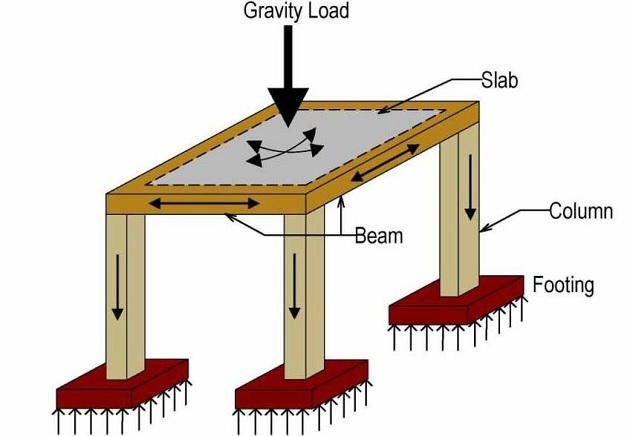Steel frame homes

Steel frame homes, also known as steel-framed houses or steel-framed construction, are residential buildings where the primary structural framework is made of steel. Instead of traditional wood framing or concrete construction, steel frames are used to support the structure and provide stability. Here are some key features and benefits of steel frame homes:
1. Structural Integrity:
Steel is a strong and durable material, offering excellent structural integrity. Steel frame homes can withstand extreme weather conditions, such as high winds, earthquakes, and hurricanes, better than traditional wood-framed houses.
2. Design Flexibility:
Steel frame construction allows for greater design flexibility, as steel can be fabricated into various shapes and sizes to meet architectural requirements. This flexibility enables the creation of open floor plans, large windows, and unique architectural features.
3. Longevity:
Steel frame homes are resistant to rot, mold, and termite damage, which are common issues associated with wood-framed construction. Steel frames also have a longer lifespan compared to wood, providing durability and reducing the need for frequent maintenance.
4. Fire Resistance:
Steel is non-combustible, offering superior fire resistance compared to wood framing. Steel frame homes are less susceptible to fire damage and can help minimize the spread of fires within the structure.
5. Energy Efficiency:
Steel frame construction allows for better insulation and air sealing, resulting in improved energy efficiency and lower heating and cooling costs. Steel frame homes can be designed to meet or exceed energy efficiency standards, such as LEED or Energy Star certification.
6. Environmental Sustainability:
Steel is a recyclable material, making steel frame homes environmentally sustainable. Additionally, steel frame construction produces less construction waste compared to traditional building methods, contributing to reduced environmental impact.
7. Faster Construction:
Steel frame homes are typically faster to build compared to traditional construction methods. The prefabricated nature of steel components allows for quicker assembly on-site, reducing construction time and labor costs.
8. Cost-Effectiveness:
While steel frame construction may have higher upfront costs than wood framing, the long-term benefits, such as durability, energy efficiency, and reduced maintenance, can result in overall cost savings over the life of the building.
Overall, steel frame homes offer numerous advantages in terms of strength, durability, design flexibility, energy efficiency, and sustainability, making them an attractive option for residential construction projects.

